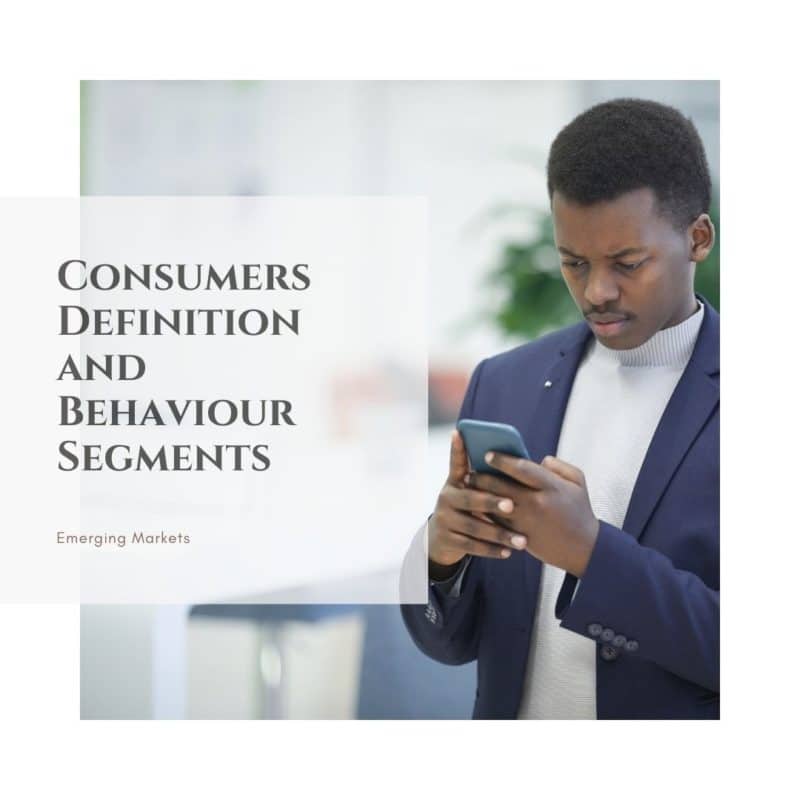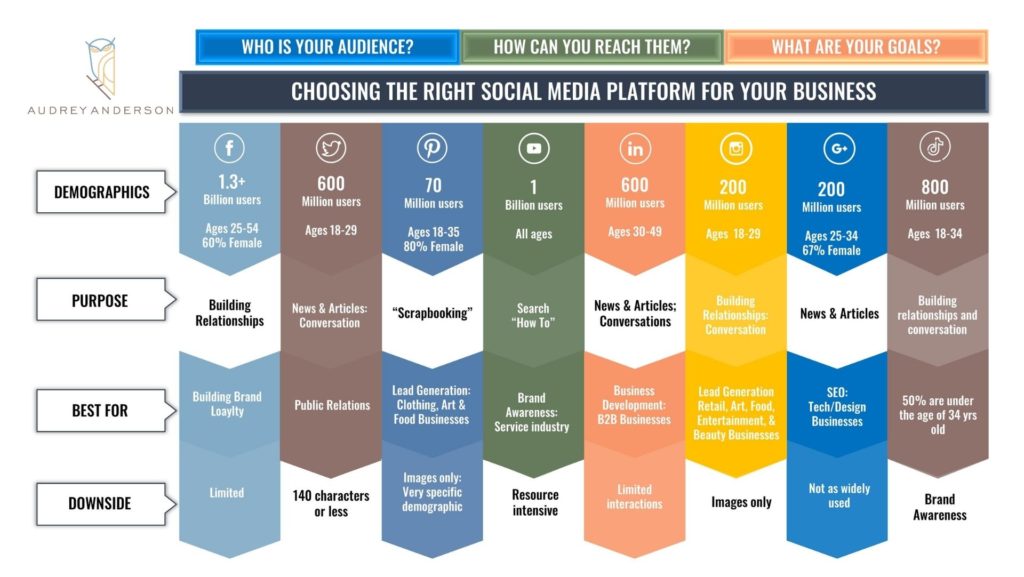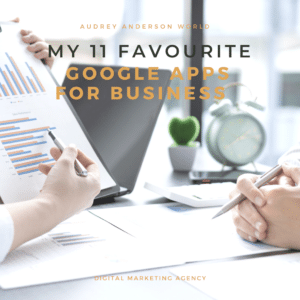What is Social Commerce? Instagram for Social Selling
Social commerce uses Social Media Platforms such as Facebook, Instagram and Twitter as vehicles for promoting and selling products and services. The success of a social trade campaign is measured by how consumers interact with corporate marketing through retweets, likes and shares.
PRO’s
- Social trade promotes products and services through networking websites.
- The number of retweets, likes and shares is a measure of success for social trade campaigns.
- Social commerce also seeks to engage online shoppers by offering expert product advice and support.
Help Me Understand Social Commerce? Instagram for Social Selling

Social commerce specialists, influencers, and bloggers produce images, videos, post messages, and interactive features that promote online sales and other e-commerce initiatives. Some of the marketing tactics employed by social trade include:
- They are inviting fans to follow the style or choices of the product.
- Offering personalised options for purchasers
- Apply large and striking graphics to attract viewer clicks
- Using videos to display the product in use and from multiple angles
- Encouraging user-submitted photos, comments and feedback
- Use Celebrity endorsements of the product line.
- Link directly to checkout or a shopping cart
- Offering promotions or gifts to users who share the product on their feeds
- Social commerce encourages social shopping tools such as forums and communities where buyers and sellers discuss their online shopping experiences and compare notes.
Relevant considerations To Start Relationships On Social Commerce
Social commerce is an evolving and dynamic field of online marketing that works in conjunction with social media and the growth of online shopping. For example, fashion and shopping-related blogs use social commerce and media to inspire shoppers to purchase linked items online.
For example, many popular fashion and beauty industry professional blogs have Instagram accounts that allow followers to like, share, and comment on the product offered. The tagged item often links directly to the shopping cart or check out the shop, ie. Instagram for Social Selling
“Social commerce happens when expert digital marketing professionals take the best of e-commerce and combine it with social media.” AAW

At face value, the recent launch of Facebook Shops isn’t an innovation. The business flirted with shopping as far back as 2007 without any fanfare or remarkable success. This ranged from private markets to the original incarnation of Facebook stores (2009), payments via Messenger (2015). Finally, in 2018, a more accessible marketplace product competing with Amazon AMZN +0.8 per cent, Google GOOGL +3.1 per cent and Etsy.
The significance of Instagram for Social Selling in the Facebook portfolio makes this most recent announcement more significant than previous attempts. Facebook set up the Social Commerce category first, not just adding an e-commerce layer to its social network.
Anticipated Result Is Compelling For Those In Social Selling. Instagram for Social Selling
Estimates put revenue upside at $30B across transaction fees, increased advertising, and deeper customer relationships. The timing is accurate. Rising online shopping figures and the extended state of the pandemic will have accelerated internal plans. Further benefits are derived from helping a large number of small business customers at a critical time and expanding revenue sources beyond ads.
- Hyper-Target your key audience
With an incredible amount of customer data available on social, you have a prime opportunity to tweak and target your advertising.
Your horse-printed bathrobes can be advertised directly to the flannel-loving horsemen out there. Likewise, adorable baby-sized sunglasses can be worn right on the food of cool young dads.
Social commerce offers a chance to get specific, ready-to-purchase products in front of your ideal customer, those people who would love these products while they are scrolling on social media. In a way that traditional e-commerce websites and marketing cannot do.
- Where Are Millennials and Gen Z Going Shopping?
If your demographic target is 18-to-34 years of age, they’re already online and waiting to shop while they’re scrolling around.
48% of U.S. Internet users of this age made purchases on social media in 2019. However, for those in that demographic who have not yet shopped on social media, 27 per cent said they were inspired to give this a chance.
It’s a new and improved shopping centre, one where you can shop and also Netflix Binge. Time to open a store!
- What Are Your Best Platforms To Meet Your Audience?
Currently, only some of the top social platforms are offering social trade. But as interest (and revenue) grows, we’re likely to see more of these social media brands integrating “shop now” options.
Instagram for Social Selling
60 per cent of people are discovering new products on Instagram. Your products should be one of them.
Instagram Shops allows users to purchase products featured in your photos and videos from anywhere in the app.
1. More people are using Instagram.
2. Any size of business can thrive.
3. Businesses can make money directly from Instagram.
4. Stories make your business relatable.
5. Hashtags can increase your visibility.
6. You can effectively engage with customers.
7. Mobility is king.
8. You can keep an eye on competitors.
9. It offers many ways to get creative
- Firstly Establish your Facebook Shop. Your Instagram Shop will extract data from your FB catalogue.
Business profiles can create a customisable storefront page, which acts as a curated collection of products for sale. Each product has its own detailed page, including pricing, media, and a detailed description.
Instagram’s Shopping Tags allow businesses to label their products in their Stories or Posts. U.S. brands also have the option of highlighting products in post captions and bios.
For eligible U.S. businesses and creators, Instagram Checkout allows customers to complete a transaction using Facebook Pay. (Those without checkout may use other tools to complete the off-site purchase.)
To set up your Instagram Shop, you need to live in an eligible country. The second step is to connect your Instagram Business account connect to your Facebook page. You also want to comply with Instagram’s business policy and trade arrangement.
Instagram Shops facilitate the selling of all manner of consumer goods.
Social Commerce Is So Fricking Easy For The Consumer.

Check it out, click it, buy it. Social media shops remove friction from the consumer’s journey, making it easy to follow from discovery to purchase. They’re in there. There’s a product. There’s nowhere to go but a checkout.
At the end of the day, every mouse click is an opportunity for a potential customer to change his mind. The customer wants a seamless experience; they want to go from a social media platform to the instant gratification of purchasing a product on their mobile phone. So businesses that have the customers’ attention and the ease of an online shopping platform go the spoils.
Take those unnecessary steps away and bring the right to social shopping.
There’s A Lot Of $ To Be Made on Social Selling
Like the early bird catching the worm, the data is very compelling. Researchers predict that e-Commerce sales will exceed $735 billion over the next three years.
It makes sense to bring your goods to the online spaces where your customers are already hanging out if you want to do this.
81% of shoppers research products on Instagram and Facebook, and 48% of Pinterest users make shopping a top priority. So why don’t you give them what they’re looking for?
Creating Brand Awareness – using Social Media Platforms
Not only can you easily introduce and educate your followers about your products with shopping posts, but you can guide your followers to purchase with just a few taps!
Buyers are using social media to search and evaluate products and vendors online actively.
You want to make sure you’re using Instagram shopping posts as effectively as possible — we’re talking beautiful imagery, great captions, and sales pitches timed to perfection. Images sell products.
Social trade offers an instant focus group.
“Social Commerce speeds up the transaction process and offers an incredible way to gather feedback.”
Your catalogue of goods is out there for consumers to review and discuss together. No crystal ball is needed: your customers can tell you what they like or don’t like.
Allowing your customers to weigh in and vote on product development and inventory decisions while they’re there? (How do we feel about my glow-in-the-dark wolf backpack design? Anybody? Hello, huh?)
On the social side, you have clear information about exactly who your customers are and the opportunity to chat with them through comments or direct messages to provide personalised customer service.
Grow your engagement on Instagram – with Images.
Growing your brand and being on Instagram relies on how well you get on this platform. It’s not just all images and hashtags. The salesperson is engaged early in the purchase process, building a relationship as a trusted advisor on this platform.
Social selling using SNS
Another part of this story of how social media has spread from the marketing department to touch every part of an organisation—from branding and communications to human resources, sales, and customer service.
Social selling uses social media to identify and engage prospects and customers at the right time to build and nurture relationships. A more sales-focused definition in the context of a users/salesperson role is: Social selling leverages a user/salesperson’s professional brand to fill their pipeline with the right people, insights, and relationships. Social is where your customers learn, seek, discover, and decide.
57% of your customer’s journey is done before a Salesperson becomes involved, according to Forrester Research. Social selling’s huge potential to transform an organisation’s operations and drive revenue comes from its capacity to influence potential customers at any stage of the buying journey.
The earlier you or your sales team embarks on building a relationship during your customer’s journey, the longer period and opportunity you will have to build a sufficient relationship and trust to make a sale.
The sweet spot for social selling to begin in earnest is after the initial awareness stage, i.e., from the launch of a lead generation or other social media campaign to when a salesperson decides the time to make a pitch or request a meeting or call. This is when the benefits of marketing and sales teams working closely together to implement a strategic social selling program really kick in—the Buyers contact the salesperson to request a proposal or product advice.
Key Takeaway’s on Social Commerce Platform Instagram for Social Selling
Of course, social commerce is probably just one piece of your overall digital marketing puzzle.
With the boom in e-commerce, you want to maximise the benefit for your Brand asap. As mentioned earlier, we are seeing a major uptick in e-commerce across markets and territories. In addition, a larger proportion of consumers are getting used to buying online, allowing digital marketers to test and learn through different channels and B2B or B2C businesses to start engaging with your consumer on their journey.
Develop your sound digital marketing and branding strategy that engages, sells, and intrigues across the wide web, diving into our Social Media Advertising 101 guide. Then, build your brand across all of your platforms to give you the best chance of success, online or offline.
Audrey Anderson LinkedIn for more information email me 0r book a Free Consultation with me online
audrey@audreyandersonworld.com.


















